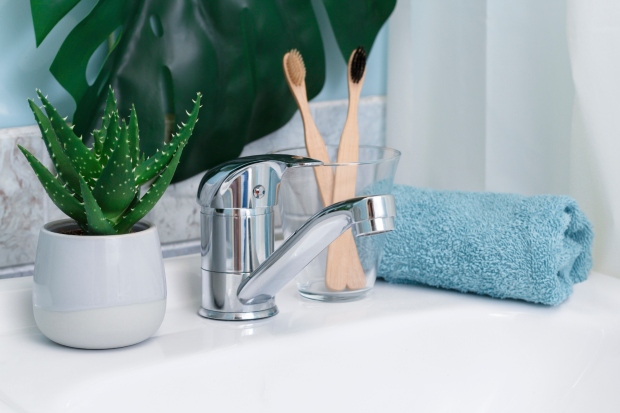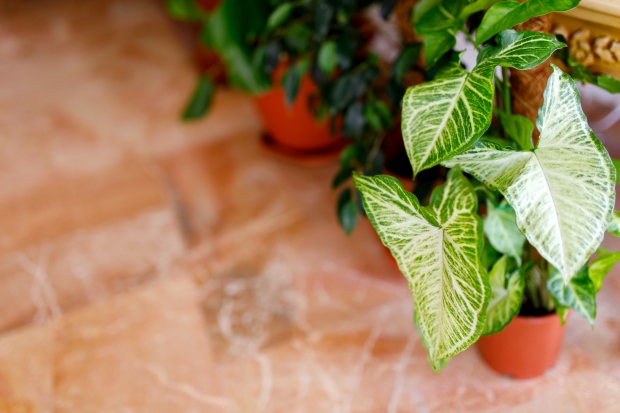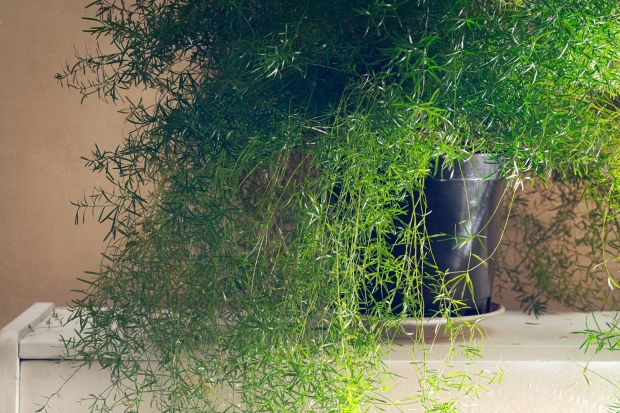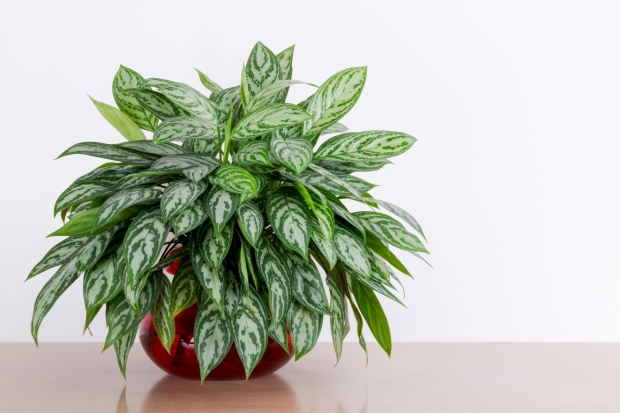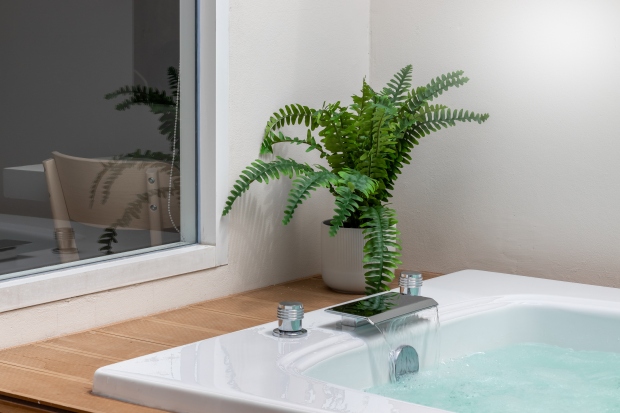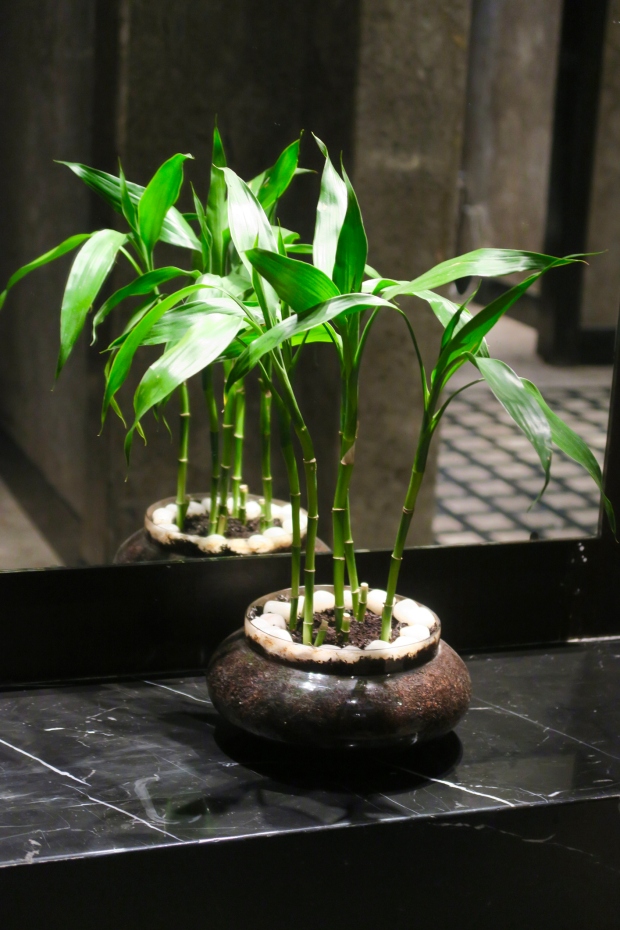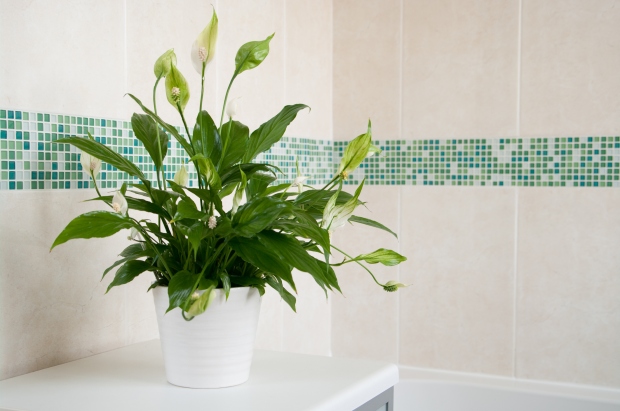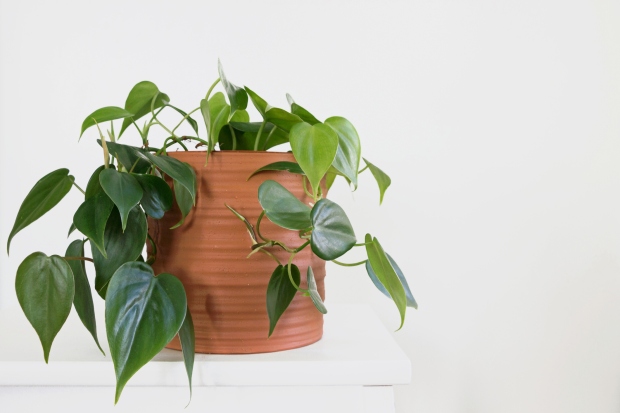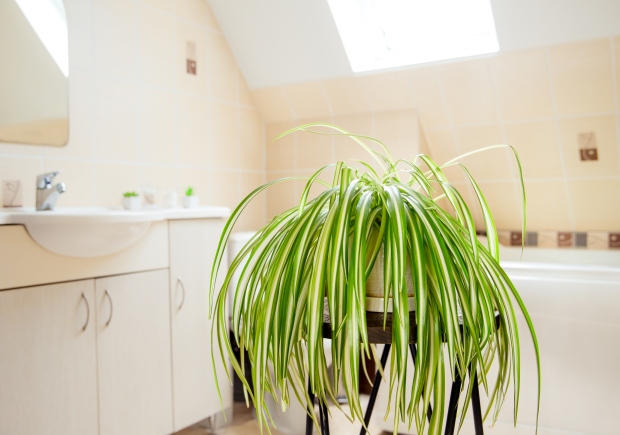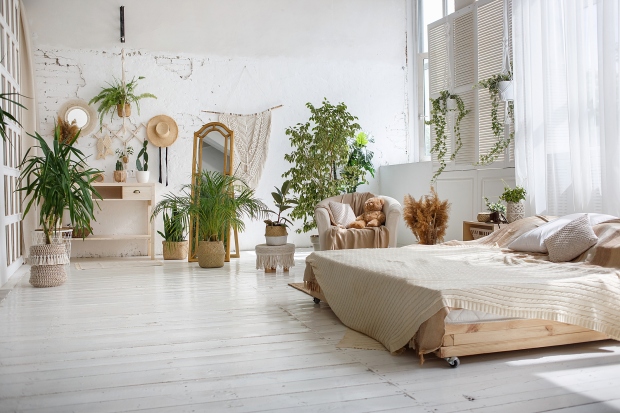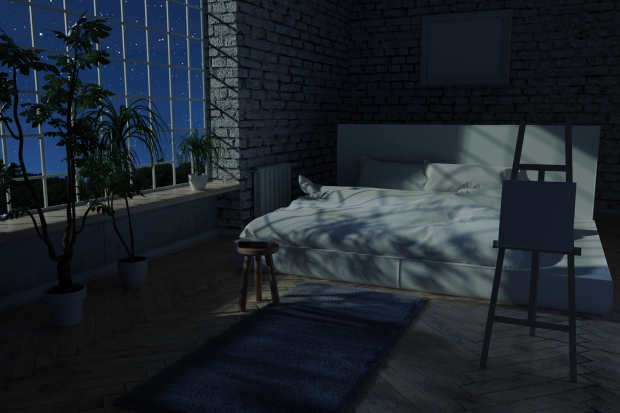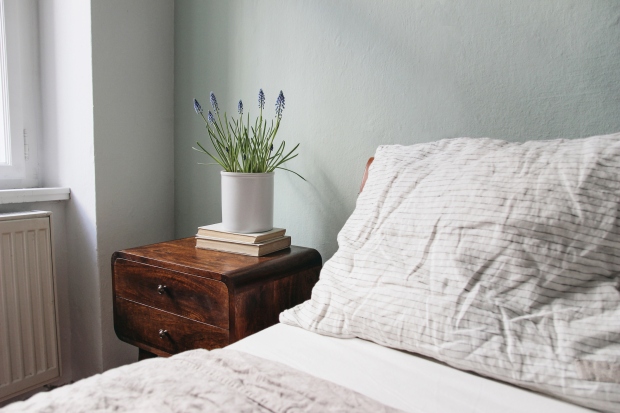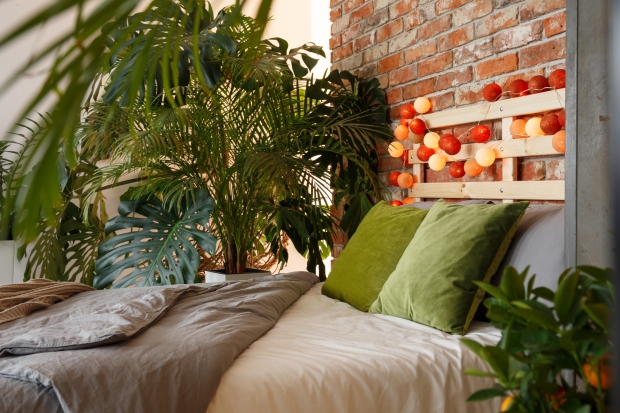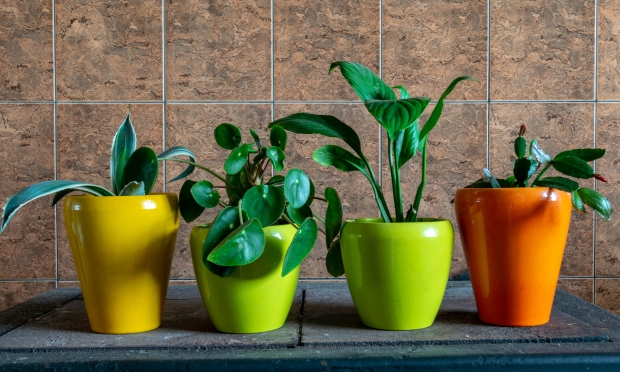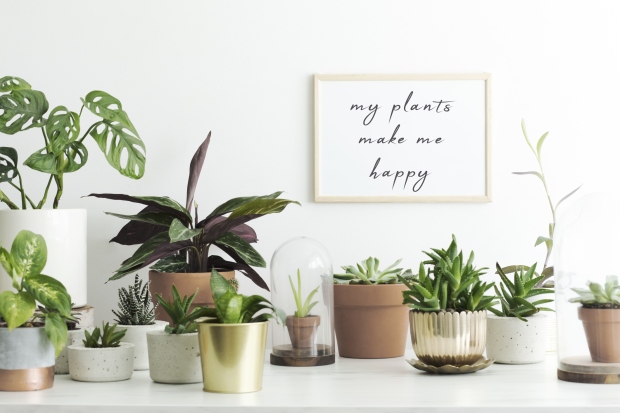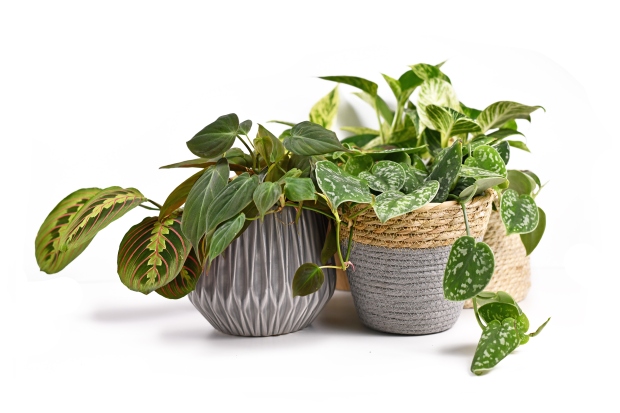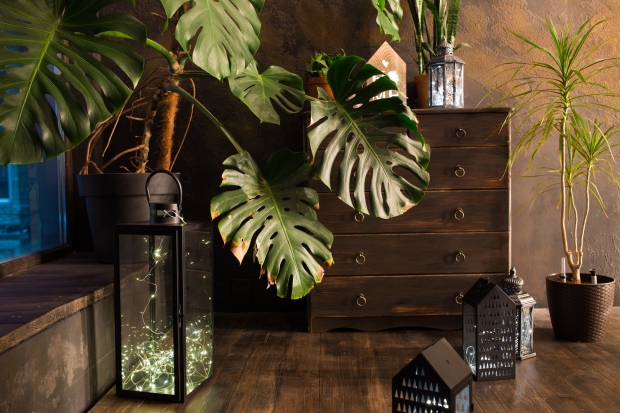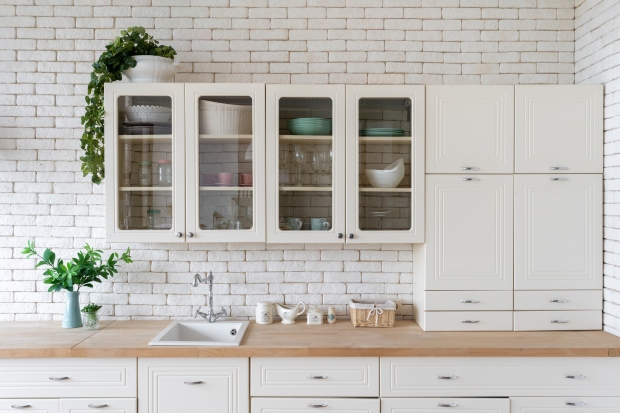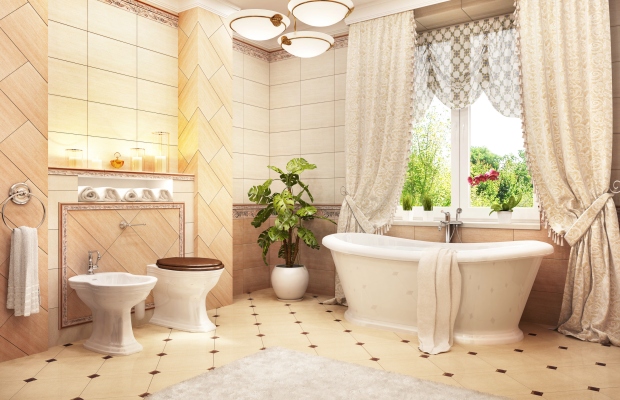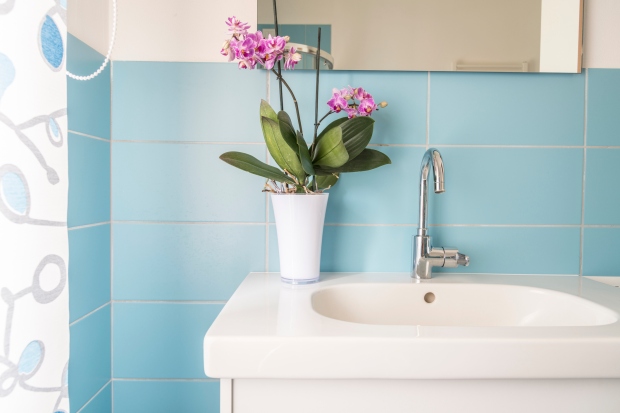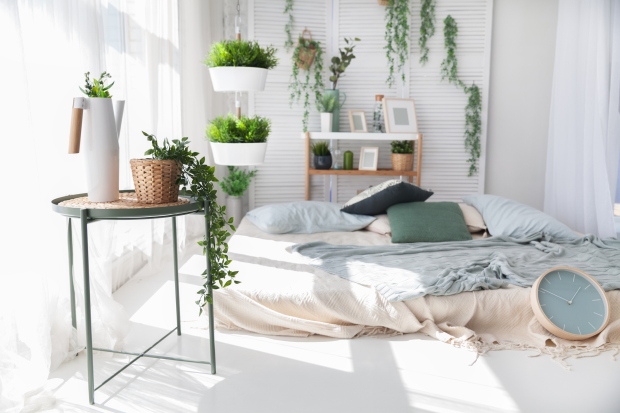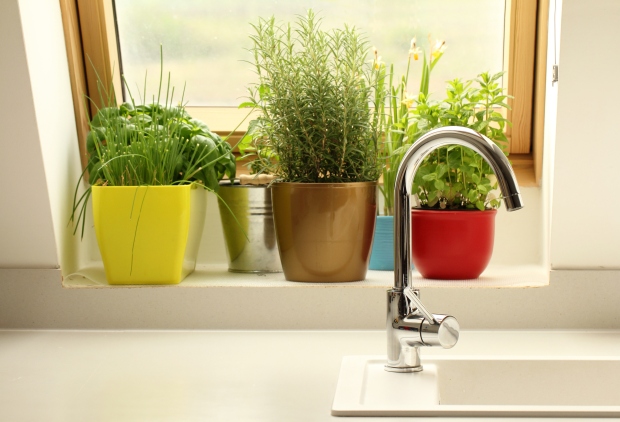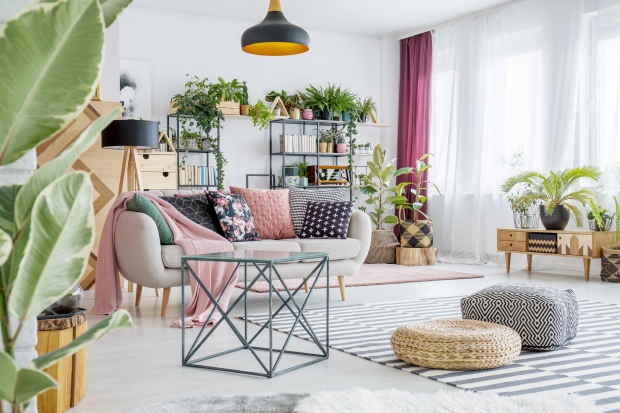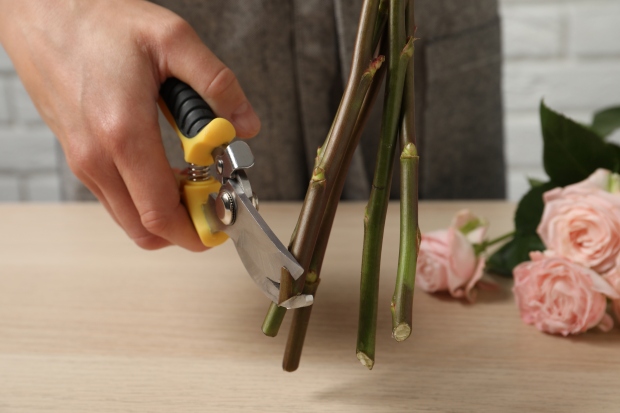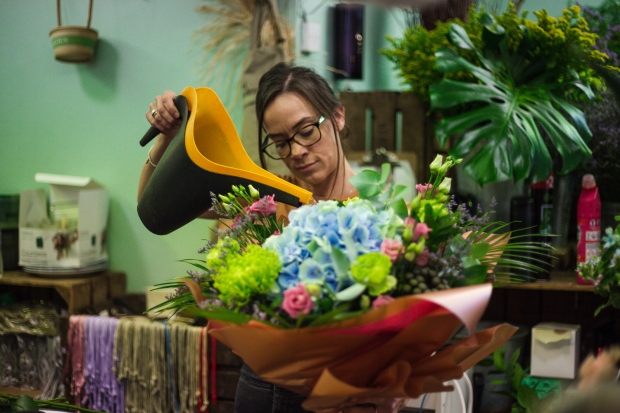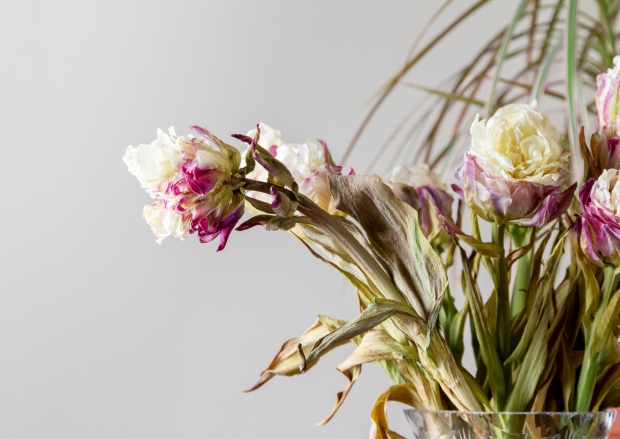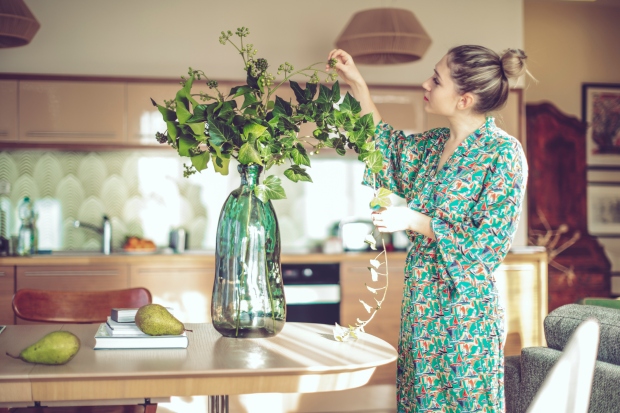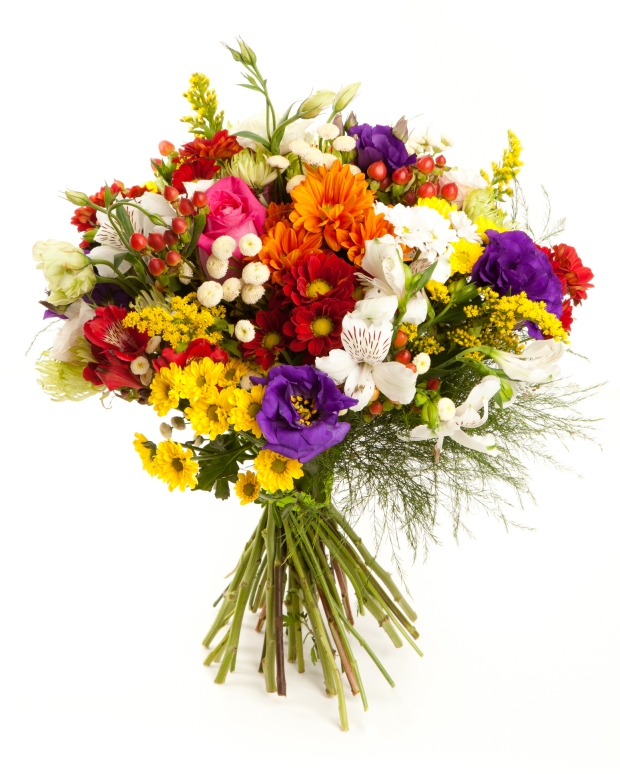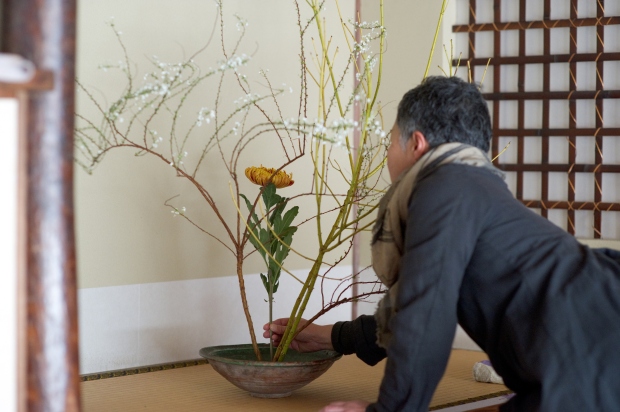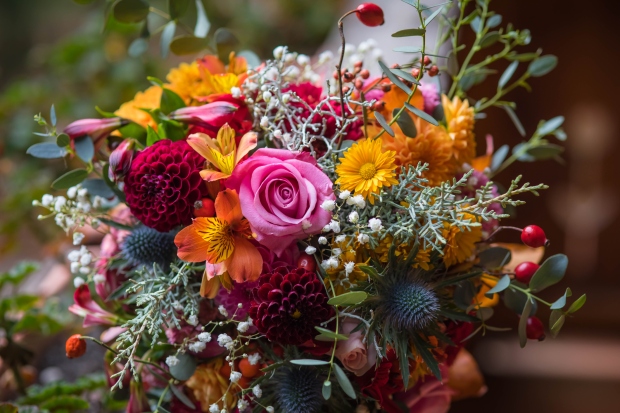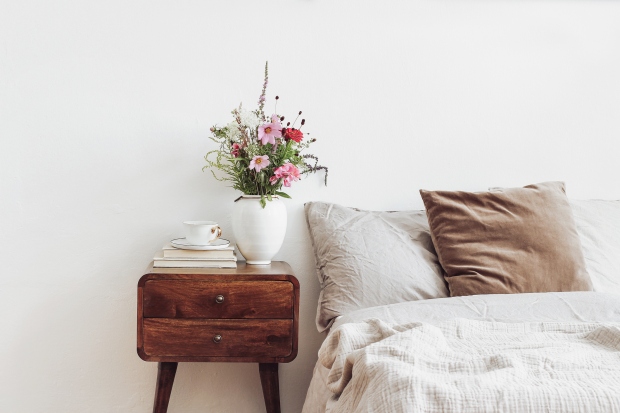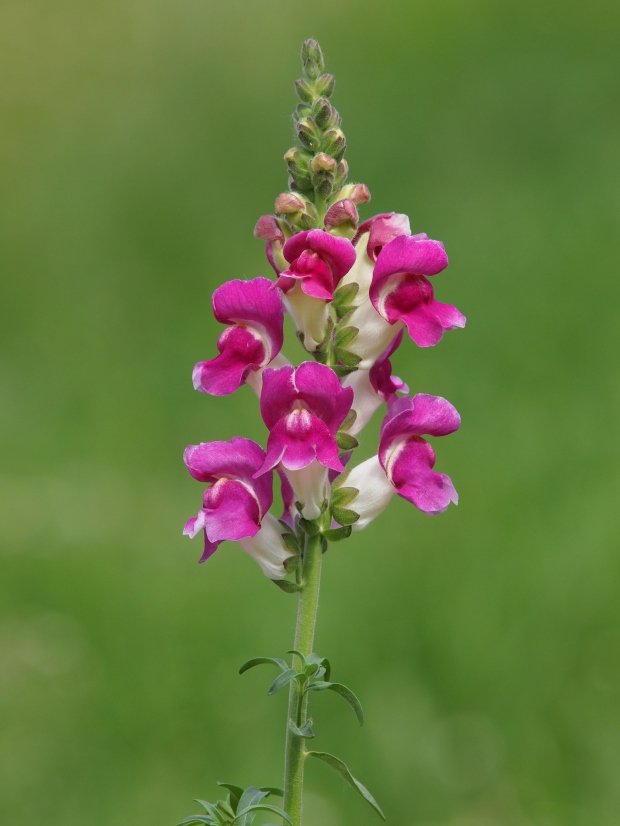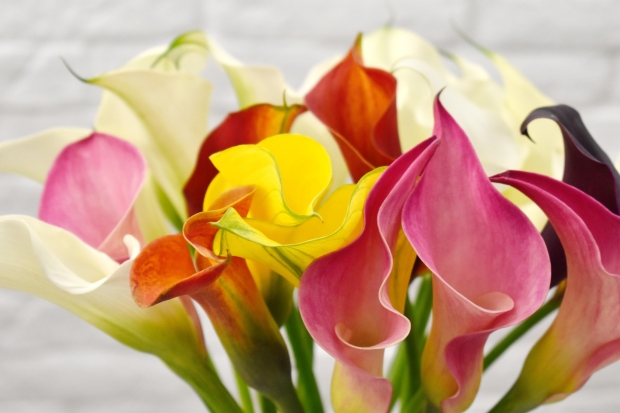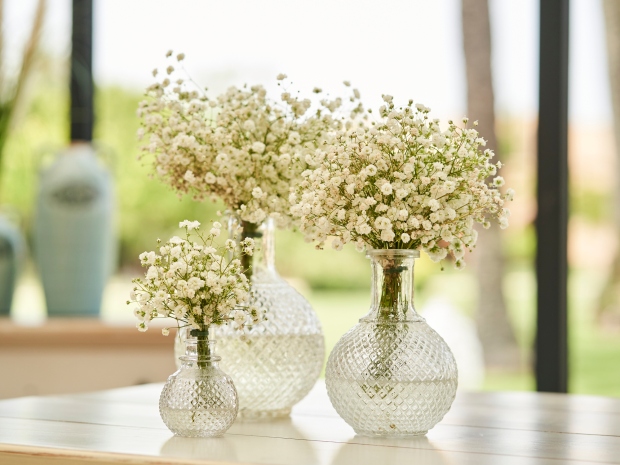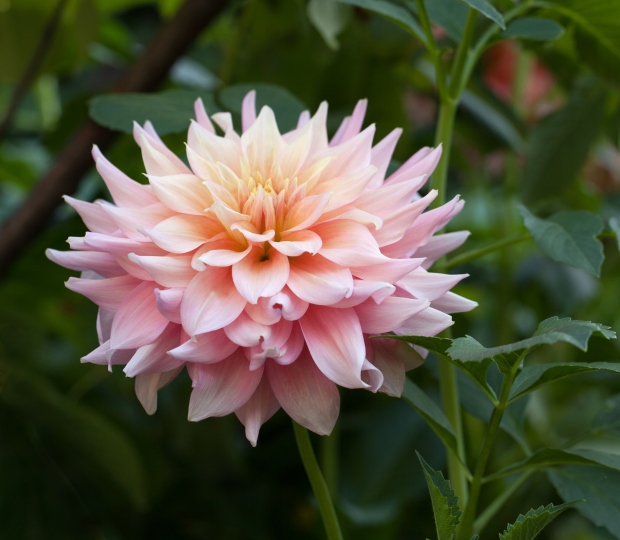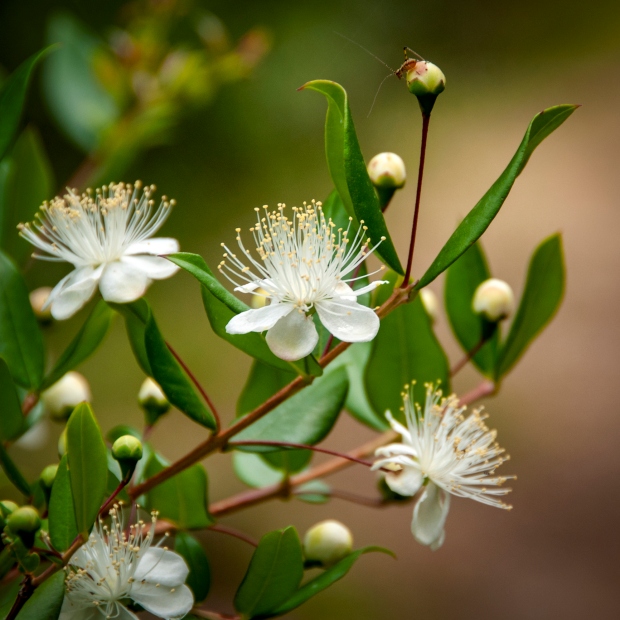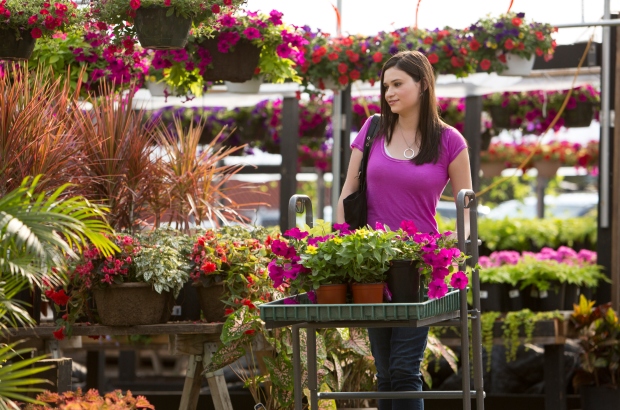Best Plants for Beginners
It can be intimidating to bring home a houseplant if you’ve never cared for one before. You don’t want to accidentally choose one that is finicky and needs a lot of attention if you aren’t confident in your growing skills.
Don’t worry, though! Many houseplants are great for beginners and will help give you the confidence to take on more challenging plants over time.
What Makes a Plant Suitable for Beginners?
When looking for plants to bring home, you want to choose ones that are known to be hardy and easy to grow. It’s best to start with low-maintenance houseplants, and after you get some experience and feel more comfortable, you can move on to plants that require more care.
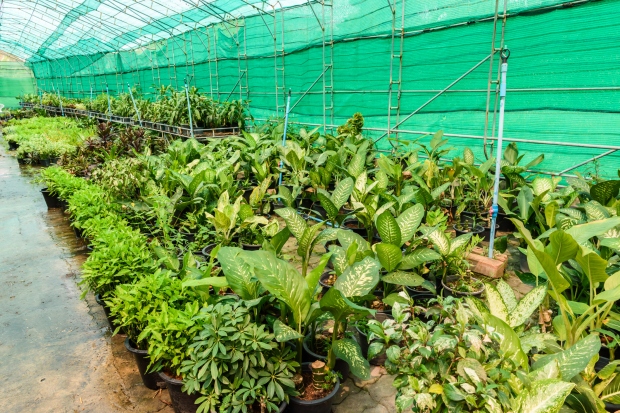
The best plants for beginners have the following characteristics:
- They are tolerant of various sunlight conditions and adapt to different environments.
- They tend to prefer their soil to be slightly drier, so they can handle if you miss a watering here and there or don’t remember to water regularly. Some of them will even tell you when they need watering — when their leaves “droop,” it’s time to give them a drink.
- They have low fertilizer needs, but will tolerate fertilizer applications if you do remember to feed them.
- They don’t need constant pruning to keep them looking neat and tidy.
- They have low incidence of disease problems.
- They tend not to attract insect pests, including spider mites and fungus gnats.
Some of the Best Plants for Beginners
There are many fantastic plants to choose from, ranging in size and looks. You can choose from gorgeous vining plants that create long, draping stems, plants with large attractive leaves, or smaller plants that sit nicely on a bookshelf or end table.
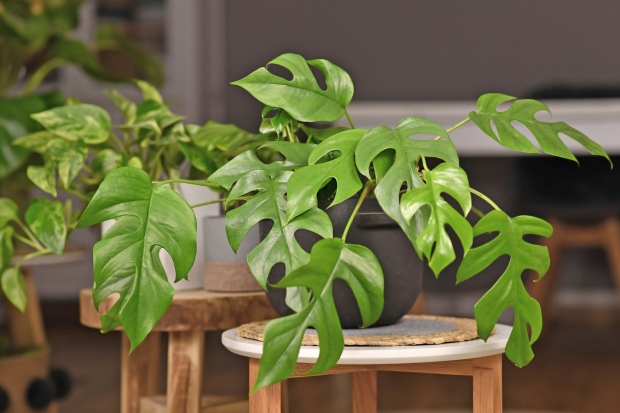
The following is just a small collection of low-maintenance, easy-to-grow plants, but they’re a great starting point:
- Peperomia
- Spider plant
- Wandering Jew
- Cast-iron plant
- Fiddleleaf fig
- Madagascar dragon tree
- ZZ plant
- Parlor palm
- Golden pothos
- Areca palm
- Heartleaf philodendron
- Snake plant
- Dragon tree
- Ponytail palm
- Bromeliads
- Aloe vera
- Jade
- Echeveria
- Prayer plant
- Swiss cheese plant
- Polka-dot plant

